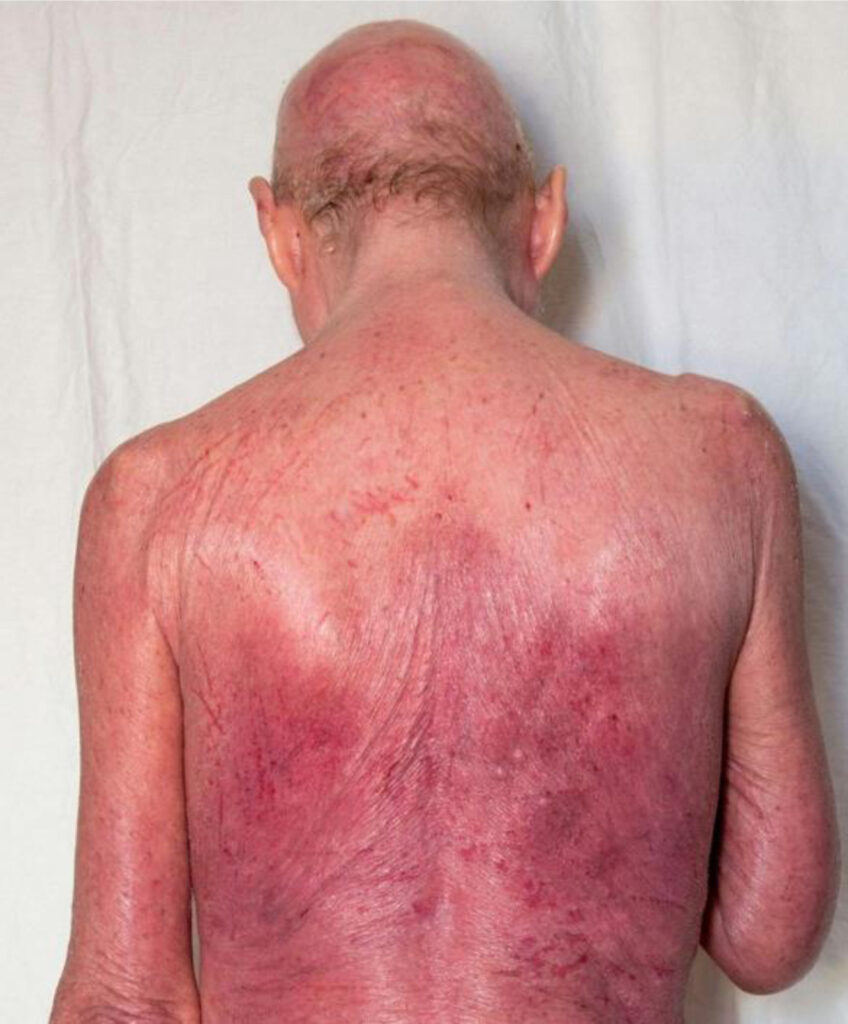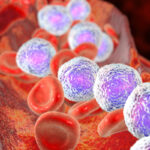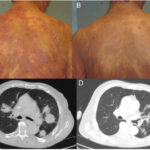CD25-positive cutaneous T-cell lymphoma (CTCL) is a rare subtype of non-Hodgkin lymphoma that primarily affects the skin. Characterized by malignant T-cells expressing the CD25 marker, this condition presents unique diagnostic and therapeutic challenges. Understanding the pathophysiology, clinical features, and advancements in treatment is essential for improved outcomes.

Pathophysiology and CD25 Expression
Role of CD25 in CTCL
CD25, also known as the interleukin-2 receptor alpha chain (IL-2Rα), plays a crucial role in immune system regulation. In CD25-positive CTCL, malignant T-cells exhibit aberrant CD25 expression, contributing to immune evasion and disease progression. This marker serves as a potential therapeutic target.
Cellular Mechanisms
- Malignant Transformation: CD25 expression correlates with increased proliferation of neoplastic T-cells.
- Immune Escape: Overexpression may suppress immune surveillance, facilitating tumor growth.
- Cytokine Dependency: CD25-positive cells often rely on interleukin-2 (IL-2) signaling for survival.
Clinical Presentation
Symptoms
Patients with CD25-positive CTCL typically exhibit the following:
- Skin Lesions: Patches, plaques, or nodules that may vary in color and texture.
- Pruritus: Severe itching, commonly reported.
- Systemic Signs: Advanced cases may involve lymphadenopathy, fever, or weight loss.
Disease Progression
The disease progresses through distinct stages:
- Patch Stage: Flat, erythematous lesions.
- Plaque Stage: Raised, thickened lesions.
- Tumor Stage: Nodular growths indicating advanced disease.
Diagnostic Approaches
Histopathological Analysis
Biopsy of skin lesions is crucial for diagnosis. Key features include:
- Epidermotropism: Malignant T-cells infiltrating the epidermis.
- CD25 Immunohistochemistry: Staining confirms marker expression.
Flow Cytometry
Quantifies CD25 expression and evaluates other surface markers like CD3, CD4, and CD8, aiding in differential diagnosis.
Molecular Testing
- TCR Gene Rearrangement: Confirms clonality of T-cells.
- Cytogenetics: Identifies chromosomal abnormalities linked to CTCL.
Treatment Modalities
Conventional Therapies
- Topical Agents:
- Corticosteroids
- Retinoids (e.g., bexarotene)
- Phototherapy:
- Narrowband UVB
- Psoralen plus UVA (PUVA)
Systemic Treatments
- Chemotherapy: Agents like gemcitabine or pralatrexate.
- Biologic Therapies:
- Monoclonal antibodies targeting CD25 (e.g., daclizumab).
- Checkpoint inhibitors.
Hematopoietic Stem Cell Transplantation
Autologous or allogeneic stem cell transplantation offers potential cure in selected cases.
Prognosis and Survival
Prognostic Factors
- CD25 Expression: High levels may indicate aggressive disease.
- Stage at Diagnosis: Early-stage disease has a better prognosis.
- Response to Therapy: Complete remission correlates with improved survival.
Survival Rates
Reported 5-year survival rates vary widely, from 50% to 90%, depending on stage and treatment.
Future Directions in Research
Emerging Therapies
- Targeted Therapies: Novel agents targeting CD25 and downstream pathways.
- Immunotherapies: Advances in CAR-T cell therapy and bispecific antibodies.
Biomarker Development
Research aims to identify additional biomarkers for early detection and therapeutic stratification.
CD25-positive cutaneous T-cell lymphoma represents a complex yet increasingly manageable disease. Advances in understanding its molecular underpinnings and treatment options are improving patient outcomes. Multidisciplinary approaches and continued research remain pivotal in addressing this rare lymphoma subtype.

